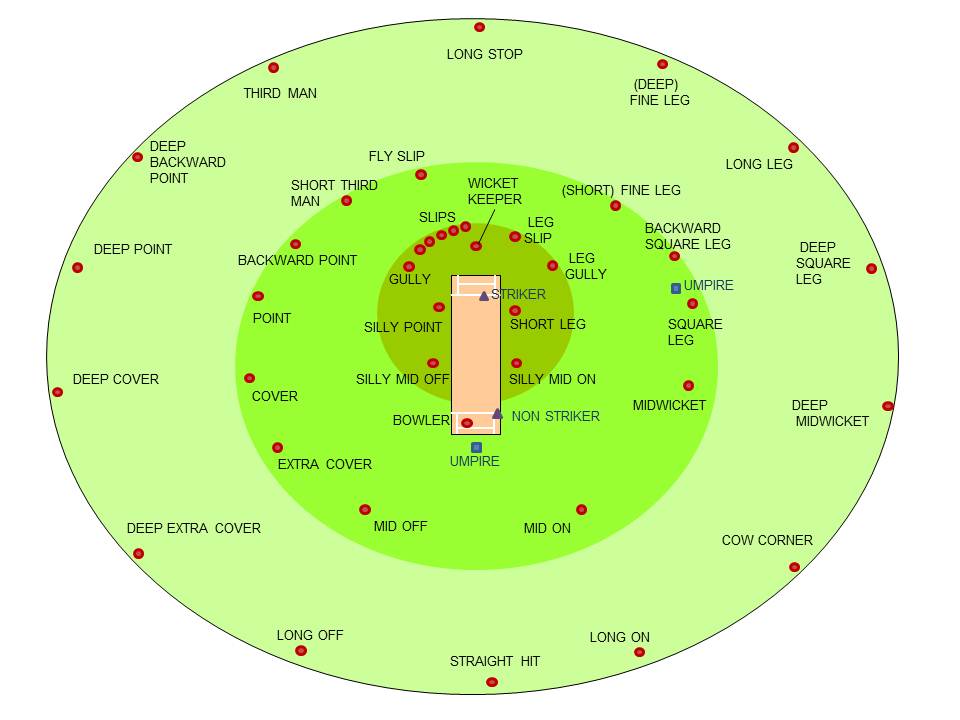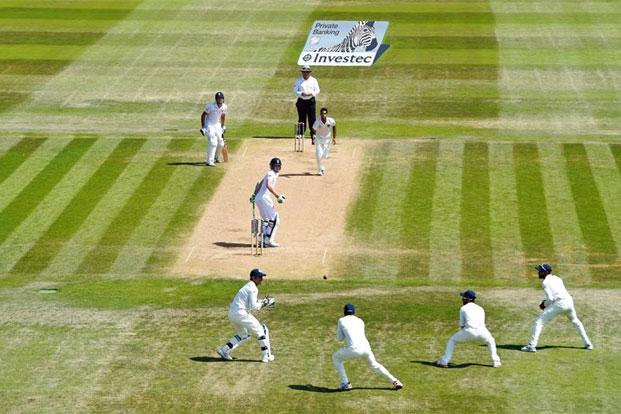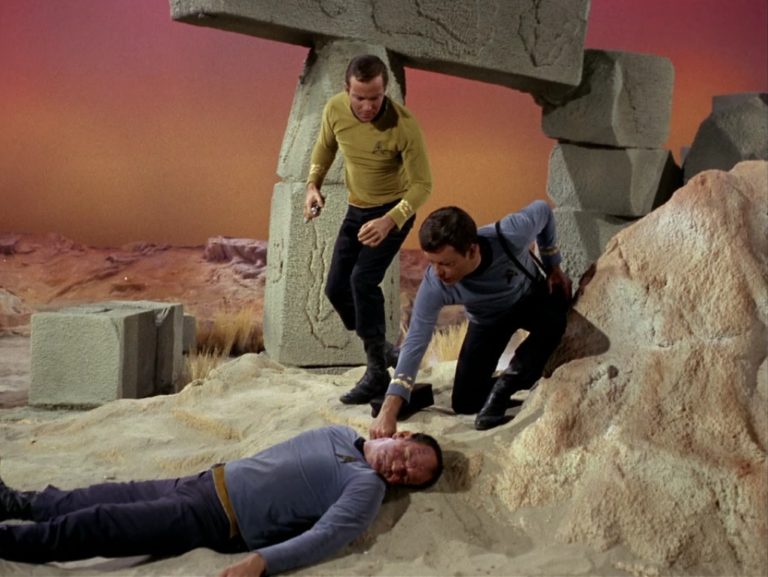Fielding
There are two main things to know about fielding in cricket:
1. Other than the wicket keeper, who's essentially the catcher, no one can wear a glove.
2. The ball is a rock. A baseball might be hard, but there's some give to it. There's no give to a cricket ball. It's like trying to catch a billiard ball at 90 mph.
A lot of the cricket players I've met have some interesting looking fingers.
In baseball, defensive shifts have become more popular as an increasing number of teams are using various analytics to figure out where individual batters tend to hit the ball.
A right-handed hitter can only pull the ball? Then load up the left side of the infield and shift the outfield over. If you watch a lot of baseball, you know how incredibly effective and accurate a lot of these shifts end up being. (Although, for the life of me, I don't know why guys don't just become better at bunting. Bunting to the empty side of the infield seems like a good way of getting on base and forcing the opposing to team to abandon the shift.)
That said, in baseball, if you take away the pitcher and catcher, you have seven players to cover a 90-degree wedge of field. In cricket, once you take away the bowler and wicket keeper, you're left with nine players that have to cover 360-degrees of ground. Shifts are the rule rather than the exception.
There are 20-plus different official positions in cricket, but -- obviously -- they all can't be covered at the same time. Which positions get covered at any given time depends on the type of bowler, the tendencies of the batsman, and the format of cricket being played.

Most of the positions are similar to those that would be covered in baseball -- just with more colorful names.
Cover, Mid Off, Mid On, and Mid Wicket would be roughly analogous to the first baseman, second baseman, shortstop, and third baseman against a right-handed hitter. ("On" or "Leg" in a position name usually means it's on the side of the field the batsman would pull the ball. "Off" in a position name would be where an opposite field hit would go.) Long On and Long Off, therefore, would be deep left field and deep right field.
And there is an infield and an outfield. (In the 20-overs and 50-overs game, there are certain times when there's a limit to how many outfielders there can be.)
Because of the game's evolution from the Test form of cricket where the batting is more defensive, fielding alignments favor putting more players on the opposite field side of the batter. And, remember, there's no foul territory, so fielders also have to be placed in back of the striker, as well.
While most of the positions make sense even if you've never seen cricket before, others are a little less intuitive or have some interesting backstories...
Slips -- These positions are the located in back of the batsman, very close to the wicket keeper, and on the opposite field side from the batsman. Depending on the situation, there may be one slip, two slip, or more in that area. You'll see these more in Test cricket, because a lot of balls get dumped off to the side and, if struck incorrectly, will bloop back to the slips position on the fly for an easy wicket. You also see slips a lot when slower speed spin bowlers are bowling -- regardless of the format. Generally, in T20 cricket, batsman don't have the luxury of being so picky about balls they hit, so more shots are played to deeper parts of the field. As a result, you see fewer slips in T20 cricket.

Cow Corner -- This position would be deep left-center filed against a right-handed batter in baseball. Unlike baseball, though, where this would be where a majority of balls would be hit, in cricket, the risk of hitting a high drive to this area would be considered too risky and too likely to be caught. Theoretically, the name "cow corner" was coined because this part of the field was so unlikely to see action that cows could safely graze there without the risk of being drilled by a ball. The T20 format has also affected this position as more and more batsman attempt to hit balls over the boundary and willingly accept the risk-reward ratio of hitting in that direction.
Silly Point -- This would appear to be a suicidal place to stand on the field, which I guess is where the name comes from. In baseball, this would be like standing just in front of and just off to the side of the batter. In Star Trek, this would be where Kirk would make the crew member you've never seen before stand when they beam down to a new planet. Again, this is a position more seen in Test cricket than in the more offense-driven other formats.

The most important thing to remember, though, about the position names in cricket is that you don't really need to know or memorize them to be able to watch the sport. Heck, you've probably been watching football for years and don't really know the difference between a strong safety and a free safety.
To see some really cool fielding, check out the blogs on Boundary Catches and Fun from Bangladesh.